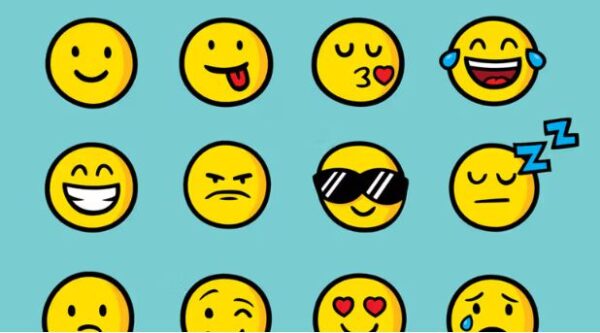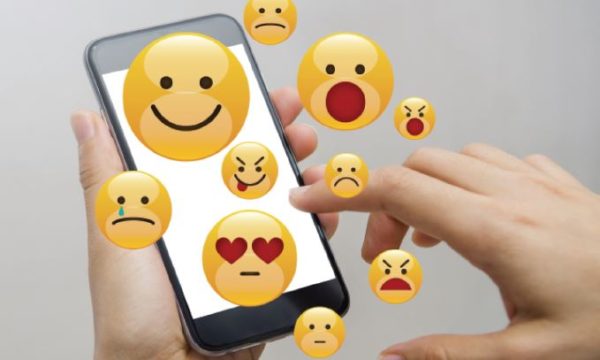Lifestyle
World Emoji Day: The incredible story of how emojis were invented
The word emoji comes from the Japanese 絵 (“e,” picture), 文 (“mo,” write), and 字 (“ji,” character).
Japanese characters, or “kanji,” are largely based on Chinese ideograms, whose writing system is already highly pictorial. The fact that “emoji” sounds like it was developed from the English word “emotion” is a coincidence.
Emojis have their own day, which further show how well they have assimilated into popular culture. World Emoji Day is on July 17. Why is that? iCal for Mac was first introduced on July 17 at the 2002 MacWorld Expo.
Origin of emojis
A distant relative of emojis is hieroglyphics, which were drawings used by the ancient Egyptians to preserve their histories and tales.
Modern emojis can be roughly linked to chatrooms from the 1990s when they were first used to indicate smiles, show emotions or highlight jokes. Emoji used to be like 🙂 😀 :’ before they became pixelated and coloured.
But it is Shigetaka Kurita, a Japanese designer, who is credited with creating the modern emoji. Kurita had to work inside a grid that was 12 by 12 pixels when he made the first emoji in 1999.
A collection of 176 emojis for cell phones and pagers was produced in 1999 by the Japanese cell phone company NTT DOCOMO. To construct the first emoji library, Kurita employed Japanese graphic novels, the Zapf Dingbats typeface, pictures, and pictograms.
He told The Guardian. “I was a member of the team that spent over two years creating the initial emoji in preparation for the 1999 debut of i-mode, NTT DoCoMo’s mobile internet platform. We reasoned that since users could only use up to 250 characters in an email, emoji would be a quick and convenient way for them to converse. Additionally, utilizing mere words in a brief message could result in misconceptions. It’s challenging to express oneself.
Emojis make you more expressive when texting. Emojipedia reports that the ‘face with tears of joy’ is the most widely used emoji on Twitter. Additionally, the usage of emojis has shown significant growth on the platform, with one in every five tweets now incorporating an emoji, a significant increase from one in every ten tweets in 2014.
Every day, Facebook Messenger receives more than 900 million emoji messages (without text). Emojis appear in about 50% of Instagram comments. Remote workforces are using personalized emojis in Slack messaging app. This all shows how important and popular emojis are. The online world without this great invention will certainly be drab and emotionless.








